Gardenscapes by Joanna LLC


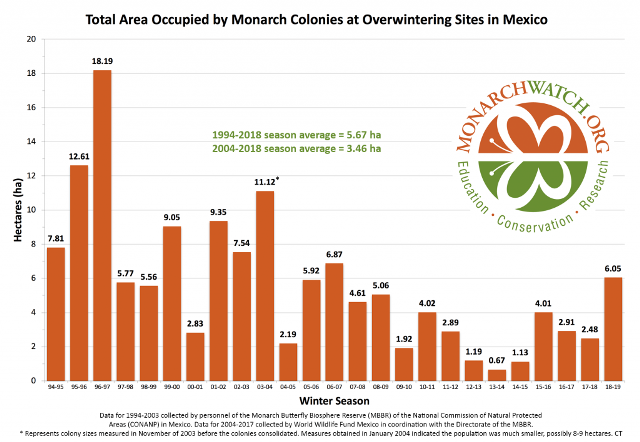
Call or E-mail us today!
Phone: (440) 935-5074
Please call for our landscaping services.
We design and install landscapes, patios and walkways.
Plant a Monarch Migration Station
and Help Save the Monarch Butterfly
Our company is a proud member of these organizations:
Save the Monarch
Plant a Monarch Migration Station
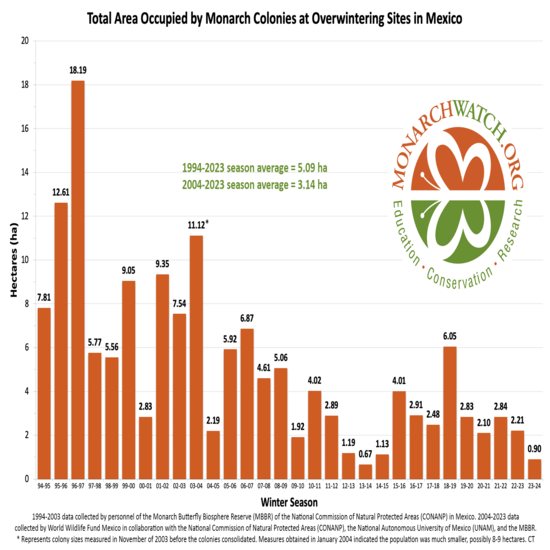
The figures illustrate the decline in the migrating butterflies' population in past two decades. Today, monarchs number less than one-tenth of their population in 1996, when scientists estimated a whopping 1 billion of the insects.
MEXICO CITY, February 7, 2024 – The annual census of monarch numbers at the overwintering sites in central Mexico was released today by World Wildlife Fund-Mexico and partners. It revealed that in just one year, the presence of monarch butterflies in their Mexico wintering grounds dropped by more than half, from 2.2 hectares to 0.9 hectares.
This makes 2023-24 the second worst year ever recorded. The lowest year was in 2013-14 when only 0.67 hectares were occupied. The annual survey, led by WWF-Mexico, measures the area of forest in which monarch butterflies hibernate each winter, providing a reliable indicator of the migratory eastern monarch’s overwintering population status.
Plentiful supply of milkweed is needed in the U.S. for the monarch’s long-term survival, and state and local officials are urging the public to get involved.
Weather, illegal deforestation, wildfires, and the necessary host plant, Asclepias, taking a beating from pesticides applications to the land, took a dangerous toll on the only migratory butterfly species. What can we do? Plant Asclepias (Butterfly Weed) along with other host and nectar plants. Scroll below and you will find the butterfly life-cycle so that you can recognize the monarch butterfly at every stage of it's life.
Tell your friends and neighbors, community leaders, restaurant and gas station owners to plant a Monarch Waystation and help save the monarch.
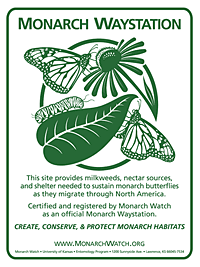
Almost 40,000 people have certified Monarch Waystations - that is not enough people participating for this great big world we live in.
Join the movement today and like Ghandi says,
"Be the Change you wish to see in this World."
Learn more about the Monarch Butterfly Conservation or sign up to be a certified Waystation at:
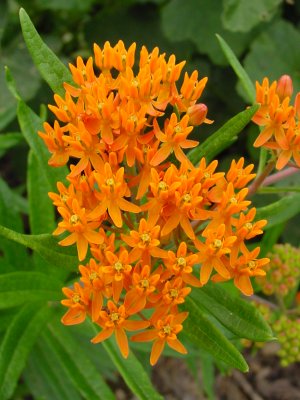
Asclepias tuberosa (Butterfly Weed) above, is a native flowering host perennial that is essential to the migration and existence of the monarchs. It was the Perennial Plant of the Year for 2017.
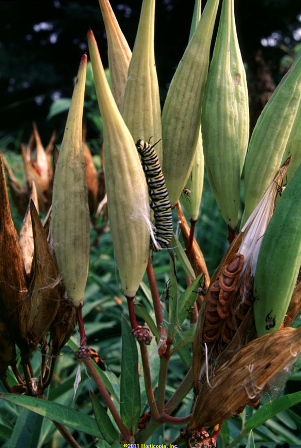
Monarch caterpillar on the seed pods of Asclepias incarnata (Swamp Milkweed)
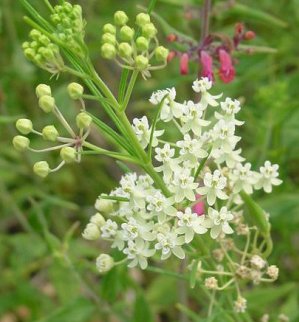
Asclepias verticillata above
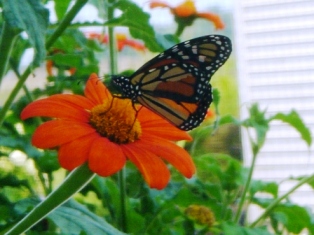
Monarch Butterfly feeding on Tithonia grown from seed. Tithonia is a fast growing nectar-source annual that gets three to four feet high and is a non-stop bloomer from late summer to fall.
Annuals in containers make great instant butterfly gardens
Ageratum, Cosmos, Dill, Garlic Chives, Globe Amaranth, Heliotrope, Lantana, Marigolds, Oregano, Petunias, Primrose African Daisy, Salvia, Tithonia, Verbena, Zinnias,
Monarch Butterfly Life Cycle
Recognizing the Monarch Butterfly at each of their different life cycles is the first step to being able to help preserve and protect the species. Monarchs go through four stages egg, larvae (caterpillar), pupa (chrysalis), and adult butterfly during one life cycle, and through four generations in one year.
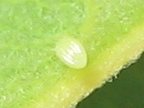
Monarch butterflies only lay their eggs on Asclepias (milkweed.) It takes four days for the eggs to hatch. The larvae stage is the caterpillar. The yellow, black and white striped caterpillar only eats milkweed. After about two weeks, the caterpillar attaches itself to a stem or leaf using silk and transforms into a chrysalis for ten days and then emerges into a butterfly. The monarch butterfly will emerge from the pupa and fly away, feeding on flowers and just enjoying the short life it has left, which is only about two to six weeks. This first generation monarch butterfly will then die after laying eggs for generation number two.
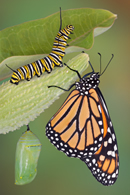
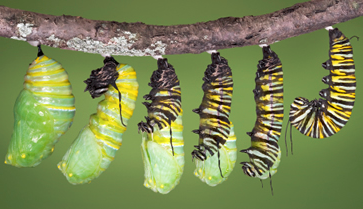
After about two weeks, the caterpillar attaches itself to a stem or leaf using silk and transforms into a chrysalis for ten days (above picture)...
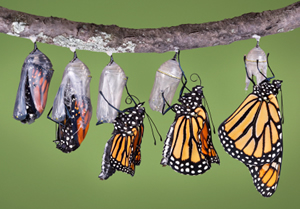
...and then emerges into a butterfly.
Thank you for visiting our website.
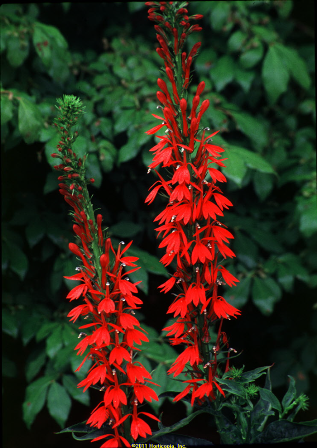
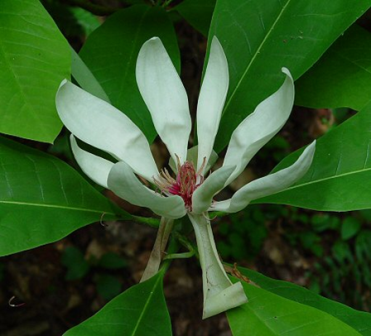
Copyright © 2010





